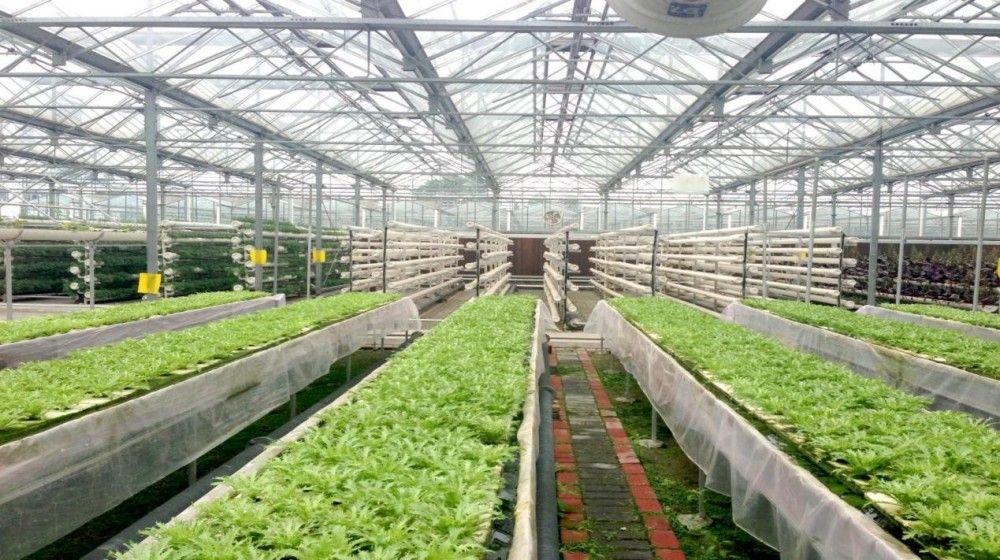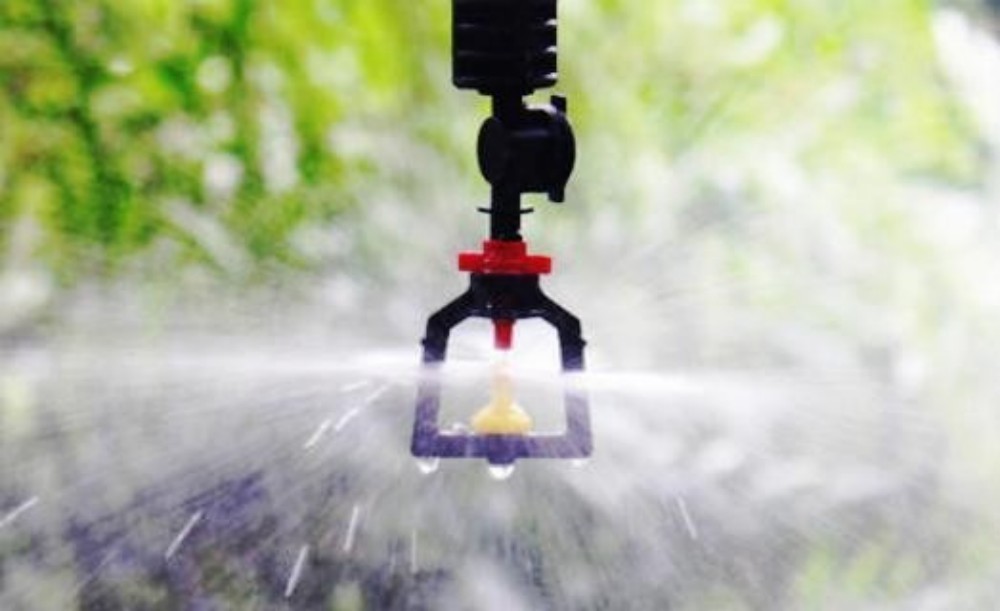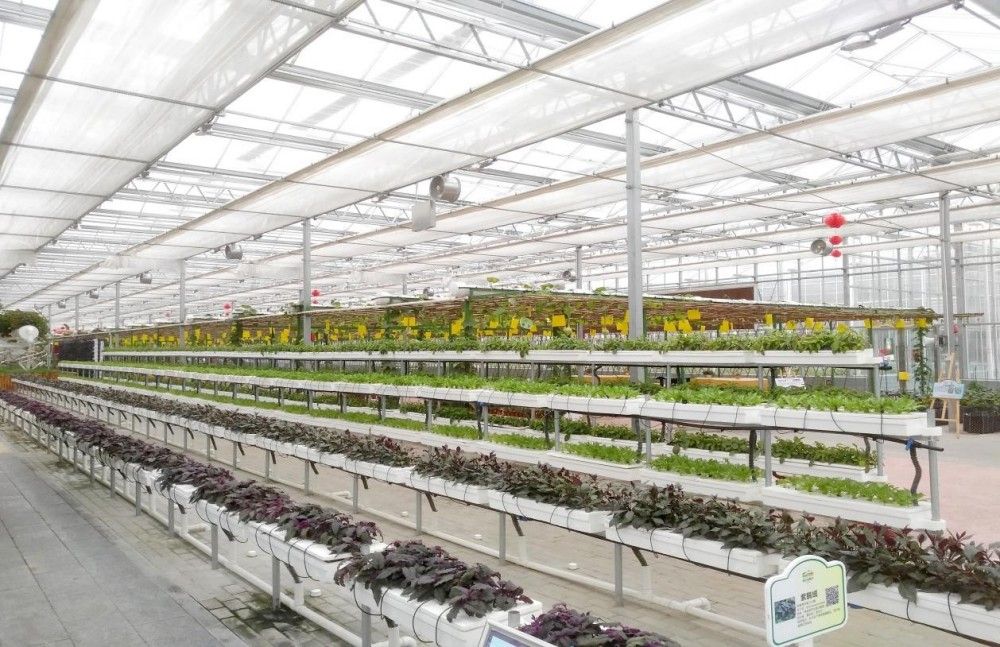In recent years, greenhouse technology has been transforming the agricultural landscape. As the global population grows, the need for sustainable food production has never been more pressing. Greenhouses offer an efficient way to increase agricultural output, while also addressing critical issues like water scarcity and resource conservation. But how exactly does greenhouse technology work, and how can it help boost yields while saving water? Let’s dive into the details.
1. Maximizing Yields with Controlled Environments
One of the key benefits of greenhouse farming is the ability to control environmental conditions, including temperature, humidity, and light. Unlike traditional open-field farming, where crops are vulnerable to weather conditions, greenhouses provide a stable, controlled environment that promotes optimal plant growth year-round.
Example: A greenhouse at Chengfei Greenhouse uses automated climate control systems to maintain the perfect temperature for growing tomatoes, ensuring a steady harvest even during winter months. This controlled environment reduces the impact of external factors like frost, drought, or storms, leading to more consistent and higher yields.
By optimizing light exposure, temperature, and humidity, greenhouses help plants grow faster and healthier. This can result in significantly higher yields per square meter compared to conventional farming. For instance, research has shown that crops like strawberries and cucumbers can yield up to 5 times more in greenhouses than in open fields.
2. Water Conservation: Growing More with Less
Water is one of the most precious resources in agriculture, yet traditional farming methods can lead to massive water wastage due to evaporation, runoff, and inefficient irrigation systems. In contrast, greenhouses utilize closed-loop systems, such as drip irrigation and rainwater harvesting, to maximize water efficiency and minimize waste.
Example: At Chengfei Greenhouse, a smart irrigation system is used to deliver water directly to the roots of plants, reducing evaporation and runoff. The system is equipped with moisture sensors that adjust the water flow based on the plants’ real-time needs. This ensures that no water is wasted, and plants get exactly what they need to thrive.
In fact, greenhouse agriculture uses up to 90% less water compared to traditional farming methods. The enclosed nature of greenhouses helps retain moisture, reducing the need for frequent watering. Additionally, rainwater can be collected and stored for later use, further reducing the dependency on external water sources.
3. Reducing the Need for Pesticides and Chemicals
Greenhouse farming also offers a significant advantage in terms of pest and disease management. The controlled environment inside a greenhouse limits the exposure of crops to harmful pests and pathogens. This reduces the need for chemical pesticides and fertilizers, making the farming process more eco-friendly.
In many greenhouses, integrated pest management (IPM) systems are employed, using natural predators and organic methods to control pest populations. This not only reduces the environmental impact but also produces healthier, chemical-free crops.
Example: A greenhouse using biological pest control at Chengfei Greenhouse might introduce ladybugs or predatory mites to control aphids, eliminating the need for chemical pesticides. As a result, crops are grown more sustainably, benefiting both the environment and consumers.
4. Reducing Land Use and Supporting Vertical Farming
Another significant benefit of greenhouses is the ability to use space more efficiently. Because greenhouses can grow crops vertically (using hydroponics or aquaponics systems), they allow for greater production per square meter of land. This is especially useful in urban areas where space is limited.
Example: In cities with limited agricultural land, greenhouses can be built on rooftops or vacant lots, utilizing vertical farming techniques to maximize space. This can help meet local food demands without taking up large amounts of land, which is a valuable resource in densely populated areas.
Moreover, greenhouses can be set up in areas that are not suitable for traditional farming, such as regions with poor soil quality or extreme climates. With hydroponics and aeroponics systems, crops can be grown without soil, making greenhouses a versatile solution for food production in a wide range of environments.
5. Sustainability: Lower Carbon Footprint
Greenhouse farming can also contribute to reducing the carbon footprint of agriculture. By growing crops in a controlled, local environment, transportation needs are reduced, leading to less fuel consumption and emissions. In addition, greenhouses often use renewable energy sources, such as solar or wind power, to run their systems, further lowering their environmental impact.
Example: Many modern greenhouses, including those at Chengfei Greenhouse, are powered by solar panels, reducing their dependence on traditional energy sources. This not only reduces greenhouse gas emissions but also lowers energy costs, making the farming process more sustainable in the long term.
6. Conclusion: A Future of Sustainable Agriculture
In conclusion, greenhouse technology offers a promising solution to the many challenges facing modern agriculture. By optimizing growing conditions, conserving water, reducing pesticide use, and utilizing space more efficiently, greenhouses can help produce more food with fewer resources. As the global population continues to grow, the role of greenhouse farming in feeding the world while preserving the planet’s resources becomes more critical than ever.
At Chengfei Greenhouse, the integration of cutting-edge technology and sustainable practices offers a glimpse into the future of agriculture—one that is more resilient, efficient, and environmentally responsible.
Greenhouse technology is revolutionizing agriculture in ways that benefit both producers and the planet. By leveraging controlled environments and smart systems, we can boost food production, conserve resources, and pave the way for a more sustainable agricultural future.
Welcome to have a further discussion with us.
Email: info@cfgreenhouse.com
#Greenhouse Agriculture
#Water-Saving Agriculture
#Smart Greenhouses
#Sustainable Agriculture
#Vertical Farming
#Precision Irrigation
Post time: Jan-28-2025










 Click to Chat
Click to Chat